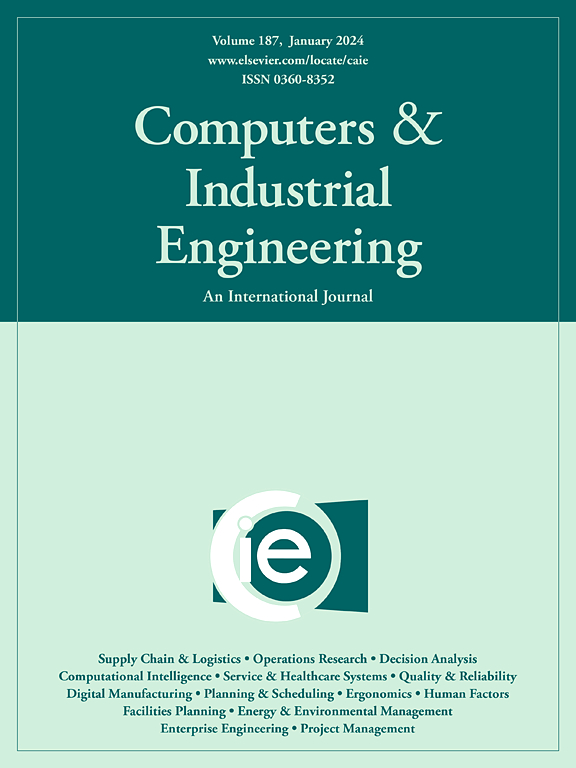A framework of risk response strategy selection considering the loss caused by risk propagation in the project portfolio
IF 6.7
1区 工程技术
Q1 COMPUTER SCIENCE, INTERDISCIPLINARY APPLICATIONS
引用次数: 0
Abstract
The successful implementation of project portfolio calls for effective risk management, in which how to select appropriate strategies to respond to upcoming risks, is called risk response strategy (RRS) selection. However, two deficiencies are discovered in current RRS selection research. The one is that researchers ignore the phenomenon of risk propagation and the risk losses it brings, which makes some risks with propagation potential underestimated in the process of risk evaluation. The other is that lacking approach to quantify the loss caused by risk propagation, which is not conducive to assessing risks and selecting RRSs from a quantitative perspective. Under this circumstance, this paper firstly proposes a framework of RRS selection considering the loss caused by risk propagation in the project portfolio. In the proposed framework, Bayesian network and fuzzy theory are used to measuring the probability of risk propagation between projects. Subsequently, the propagation process of risks among projects is generated, based on which the probability and time point of loss caused by each risk are calculated. Finally, the losses caused by risk propagation before and after applying risk response strategies are quantified, and an RRS selection model to maximize the recovered risk loss is constructed. The analysis of a case study demonstrates that 1) with the increase of available funds used to respond to risks, the recovered risk loss by each unit of fund declines; 2) before the implementation of projects, the decision-maker should select the RRSs that can recover more direct risk losses; 3) when projects have been implemented, decision-maker needs to focus on the indirect losses caused by risk propagation and select RRSs that can block the propagation of risks in the project portfolio.
求助全文
约1分钟内获得全文
求助全文
来源期刊

Computers & Industrial Engineering
工程技术-工程:工业
CiteScore
12.70
自引率
12.70%
发文量
794
审稿时长
10.6 months
期刊介绍:
Computers & Industrial Engineering (CAIE) is dedicated to researchers, educators, and practitioners in industrial engineering and related fields. Pioneering the integration of computers in research, education, and practice, industrial engineering has evolved to make computers and electronic communication integral to its domain. CAIE publishes original contributions focusing on the development of novel computerized methodologies to address industrial engineering problems. It also highlights the applications of these methodologies to issues within the broader industrial engineering and associated communities. The journal actively encourages submissions that push the boundaries of fundamental theories and concepts in industrial engineering techniques.
 求助内容:
求助内容: 应助结果提醒方式:
应助结果提醒方式:


